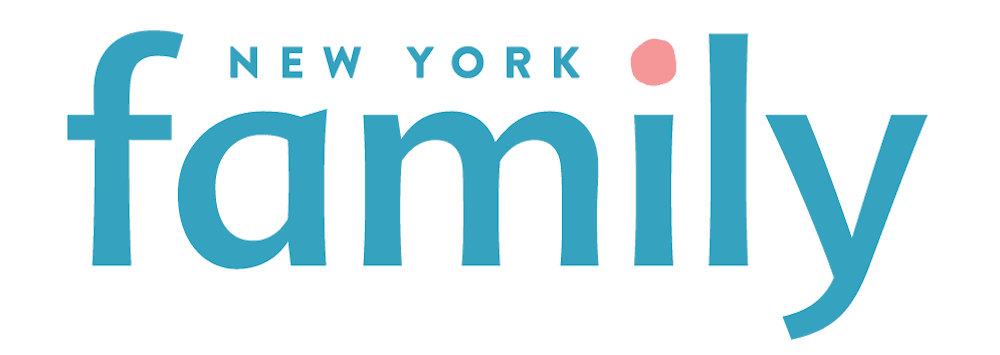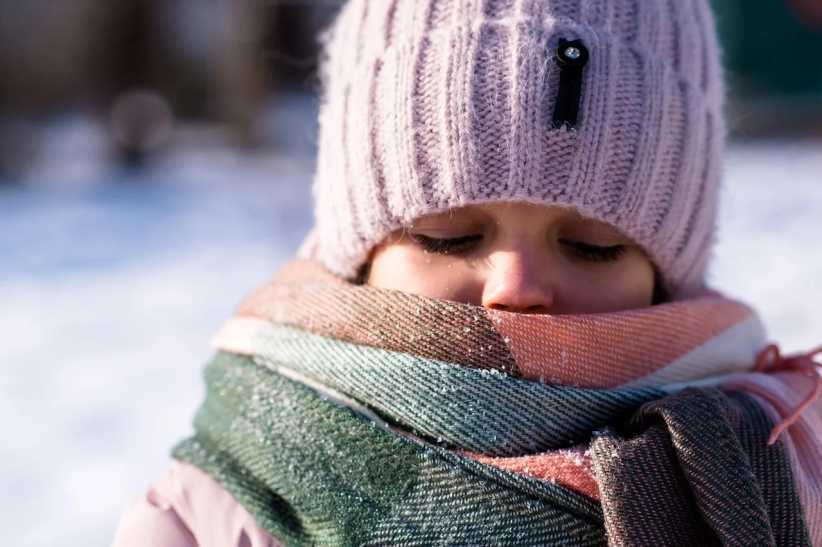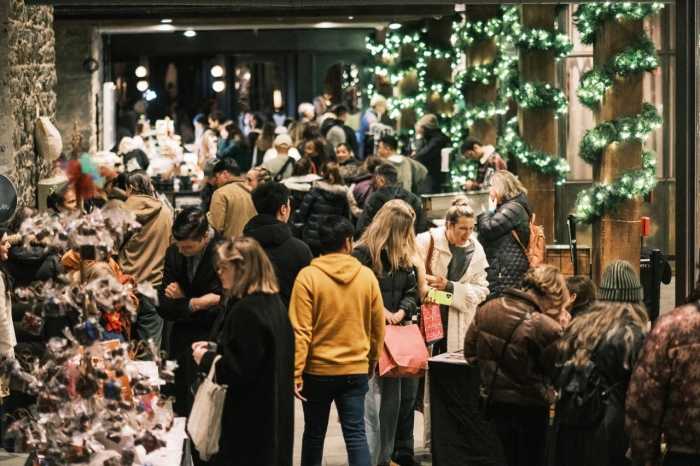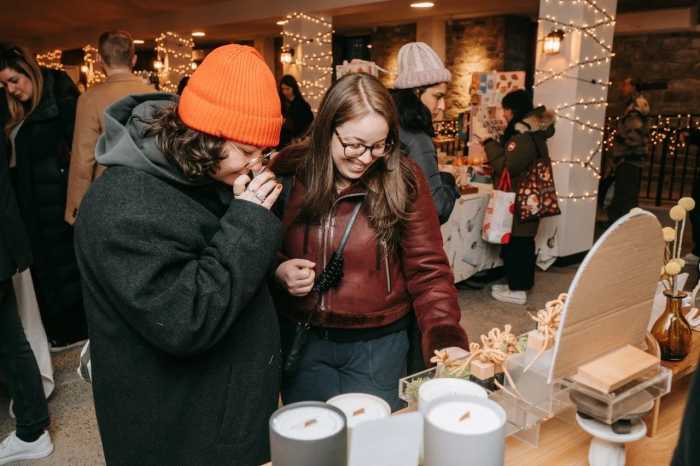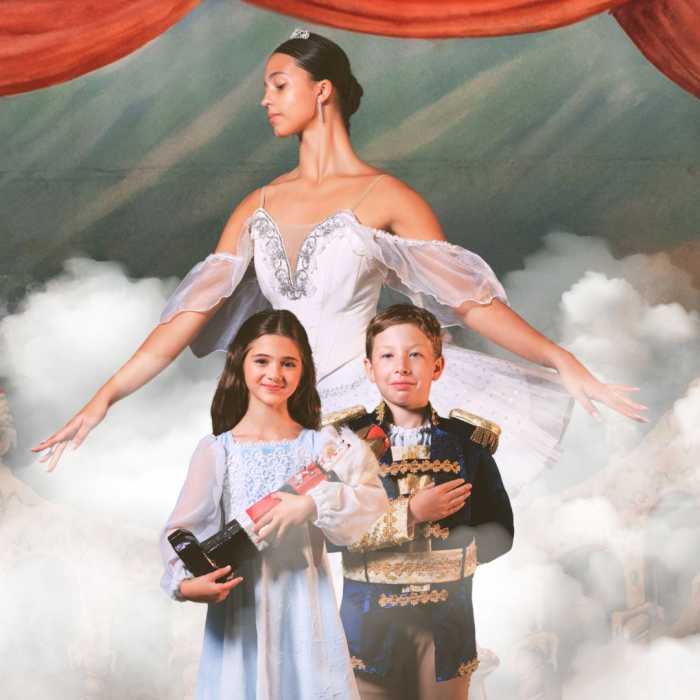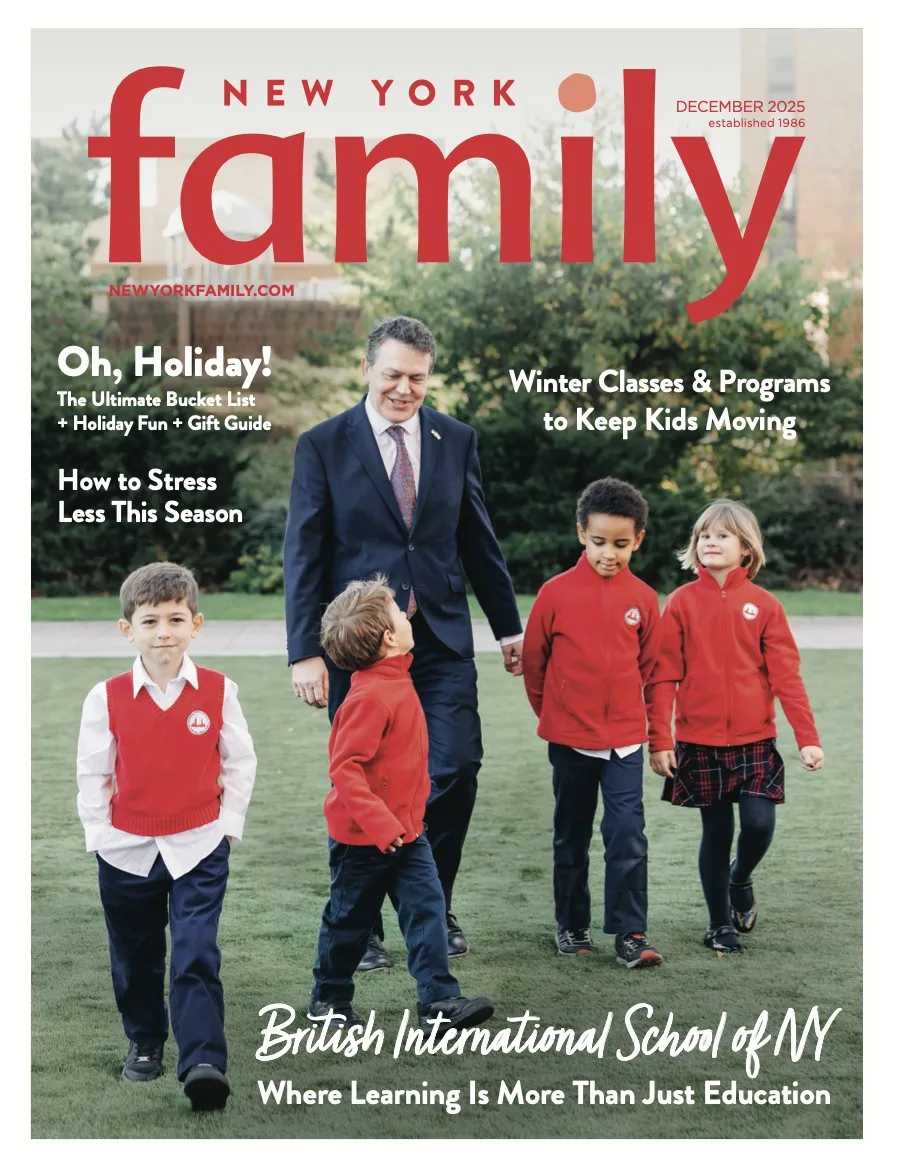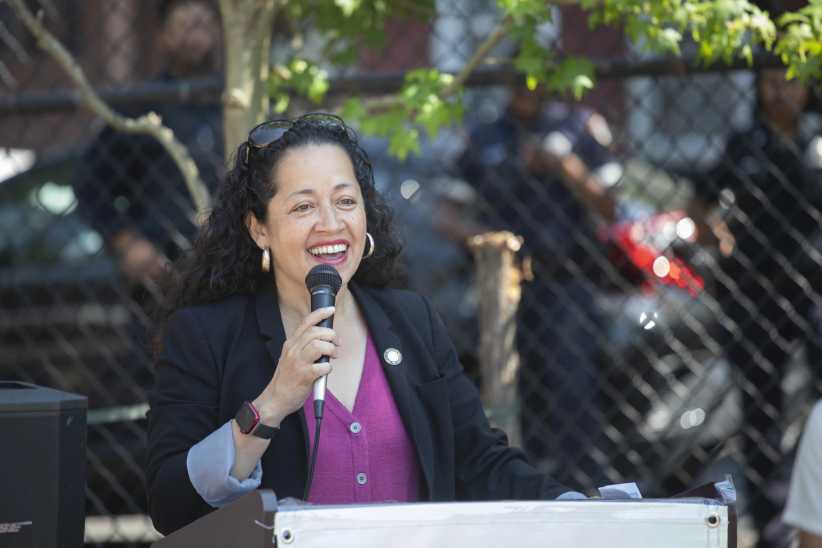
Council Member Alexa Avilés Celebrates Her Hispanic Heritage Every Month
The mom and city official shares her advocacy for Brooklyn families and her proud Hispanic heritage.
Brooklyn Council Member Alexa Avilés is no stranger to balancing multiple roles. As a mom and elected official representing District 38, which includes Sunset Park, Red Hook and parts of Borough Park, she has built her career around advocating for equity, housing, childcare, education and immigrant rights. Ahead, Avilés shares how she celebrates Hispanic Heritage Month, and provides anecdotal experiences that help shape her work, the challenges facing Brooklyn families and the pride she feels in celebrating her culture every day of the year.
Psst… Check Out This Elite NYC High School Only Accepted 8 Black Students
Q: As both a mom and a council member, how has your personal experience shaped the way you advocate for Brooklyn and its families?
A: I would say one of the most fundamental mom trainings is multitasking. [It’s] incredibly useful for this job, which requires you to navigate competing issues all day long. As a mom in Brooklyn, and as a Latina, much of my work has been centered on that experience and the intersections of being a woman, being a parent, public education and childcare issues. For working-class people and families, it really grounds all the places that the city needs to improve, what we’re doing ok and where we need to do better to ensure that our families are living in dignity with the things that they need.
Q: What are some issues or initiatives for families in Brooklyn that you feel need to be heavily addressed or that you’re really passionate about trying to change, especially in Latina or Latinx communities?
A: Childcare is the first and one of the most major problems … how challenging childcare is, how expensive it is and how difficult it is to navigate. We’ve been advocating for universal childcare so families can fully access childcare, so that they can work and they can do all the things that they need to do as a family. We know families leave New York City because childcare is just as expensive as rent, and for many, it’s just not possible.
The education space is also important. Quality education for all children, regardless of zip code or district, is the goal. All children should have access to a solid, quality public education. Particularly for families who are immigrant families who have different needs, whether it’s language needs, I think our system is still not fully equipped to address the needs of immigrant families. We still don’t have the materials.
We still haven’t adapted our curriculum to fully support children who are learning English. Children with special needs from immigrant families have even greater complexities that they’re navigating, and our city has not sufficiently built programs for children who are differently abled in their learning abilities.
It’s all grounded by housing. If a family can live in a dignified unit, that does not make them sick; it allows them to work, go to school and be healthy. In particular, my district is home to the second-largest public housing development in New York City (Red Hook).
We have mold problems that are quite significant – that’s an environmental injustice and potentially harms people who are living there. There’s a lot of work to do on all those fronts, and of course, ensuring that they can afford where they live and they’re not getting displaced. More than 50% of our community pays more than 50% of their income to rent. You could have multiple generations living on a block, and right now, things are so expensive that that doesn’t seem like a reality anymore.
Q: Brooklyn is a melting pot. You see diversity from Caribbean to Afro-Latina to Latinx. As we celebrate Hispanic Heritage Month, how do you incorporate the needs of the Hispanic community and make sure that their specific issues are heard and reflected in new policies?
A: It’s hard to forget when you are one; it’s almost inescapable. Almost 40% of our district is Latino. This is why representation is important, because you come with that built-in lens of experience. You’re watching the needs of that community and particularly where there are distinct needs, [like] language access needs or the intersections of living in a hostile federal government and immigration and displacement. People are using ICE as a way to get people to move out of apartments. It’s never far from your mind.
You’re watching your community navigate the complexities of the system every day, and it shifts right. The point is to improve people’s quality of life.
Q: We’re in a hostile environment right now with the federal government and with ICE agents and immigration. How are you ensuring members and kids feel safe in school and the community?
A: A great amount of work is really being dedicated to pushing back on not only the narratives, but the policies. Even recently, in the New York City council, we won in court against the mayor, who was trying to put ICE back onto Riker’s Island. It violated every civil liberty that people had. The mayor tried to bring them back, and we know he is compromised and pushing the Trump agenda. We sued him, and we thankfully received a court judgment that said what he was trying to do was illegal, so we were able to block it.
We are spending a lot of time protecting and educating community members about what sanctuary city laws and policies actually mean, how they operate and why they’re important to protect. The federal government is trying to do everything in its power to convince people that these laws are somehow harmful.
There have been no arrests in a school building from ICE, so that’s really important. The fear that community members really are failing right now is legit. There have been high school students who have been arrested in court in immigration court, but not taken from a school building. I think it’s been really important for us to continue to make sure that people are safe in the school buildings. Teachers and educators are deeply committed to protecting their students and their families at all costs. ICE is not allowed in a school building without a judicial warrant.
It’s reassuring our immigrant community members that we are here by their side and we are fighting with them and for them, for their constitutional rights, while also fighting against the Trump administration.
Q: September is Hispanic Heritage Month. How do you celebrate, and how do you hope to see it reflected or celebrated within Brooklyn?
A: The celebration is all year long because we are here all year long. The pride and recognition of how we contribute to the collective are really important and really exciting. I feel a lot of pride in my own culture, in our collective cultures and in how we make New York City as flavorful as it is.
My goal is that it’s not just integrated into our daily stories, but all the people who have come here and made New York their home and have contributed can be celebrated and lifted up. I want all 365 days of the year because that’s when the work is getting done.
Q: How do you balance the demands of the public and your community, being a mom, and making sure that you’re making the best decisions for everybody?
A: My daughters are 16 and 19. We are away from the baby stages. I say that to say that they are more independent and that my role as a mom has shifted, and it shifts throughout time. The commitment is there for not only my girls, but for everybody’s children – as indigenous people say, the next seven generations.
So the work, how you balance it, I have no idea. We do everything that we are committed to doing for the people we love, for the community we want, for the society we envision. We just push through how difficult that can be. Some days I probably do it better than others with balancing, and some days I’m probably not so balanced, but I’m committed to all of it. So it means that I figure out how to navigate that, and hopefully in a way that is effective.
In this federal context, it feels really dark. I do think that had we not been here, it would’ve been a lot darker. So I take solace in the fact that there is a collective saying, “Hell no, you’re not gonna dismiss us. You’re not gonna erase us.” We keep pushing through that because the next seven generations will require that from us.
Q: What are some of your favorite places to visit or things to do in Brooklyn with your family?
A: We’re a chill family. We like to have picnics in Sunset Park. We like to go to the beach. Brooklyn has every kind of cuisine you could want, and that’s why there’s no other place like it. We have some classics in our neighborhood, from George’s Diner to Yemeni food.
Q: Brooklyn is changing so much. What would you say to your constituents who are afraid?
A: It’s a real issue. As someone who’s grown up in Brooklyn, I remember when there was a train called the double L, which we referred to as the Latino line, or when Park Slope, Bushwick and Williamsburg were serious Latino communities. We’ve had a significant decrease in Puerto Ricans in New York City who have moved to other cities because of displacement pressures; it’s a real cause for concern.
That fight is complex, but I think we have to commit to supporting long-term New Yorkers who have been here in both the city and make sure we also create spaces for new New Yorkers, because that’s also part of what makes this city amazing is that it’s a collection of people from all over the world.
It’s about recommitting to supporting New Yorkers who need affordable housing. They need protection, and that commitment must be demonstrated not just in words, but through action. We need to see real policies put into practice to ensure that commitment is real.
Psst…Check Out NYC Public Schools to Distribute 350,000 Free Chromebooks
